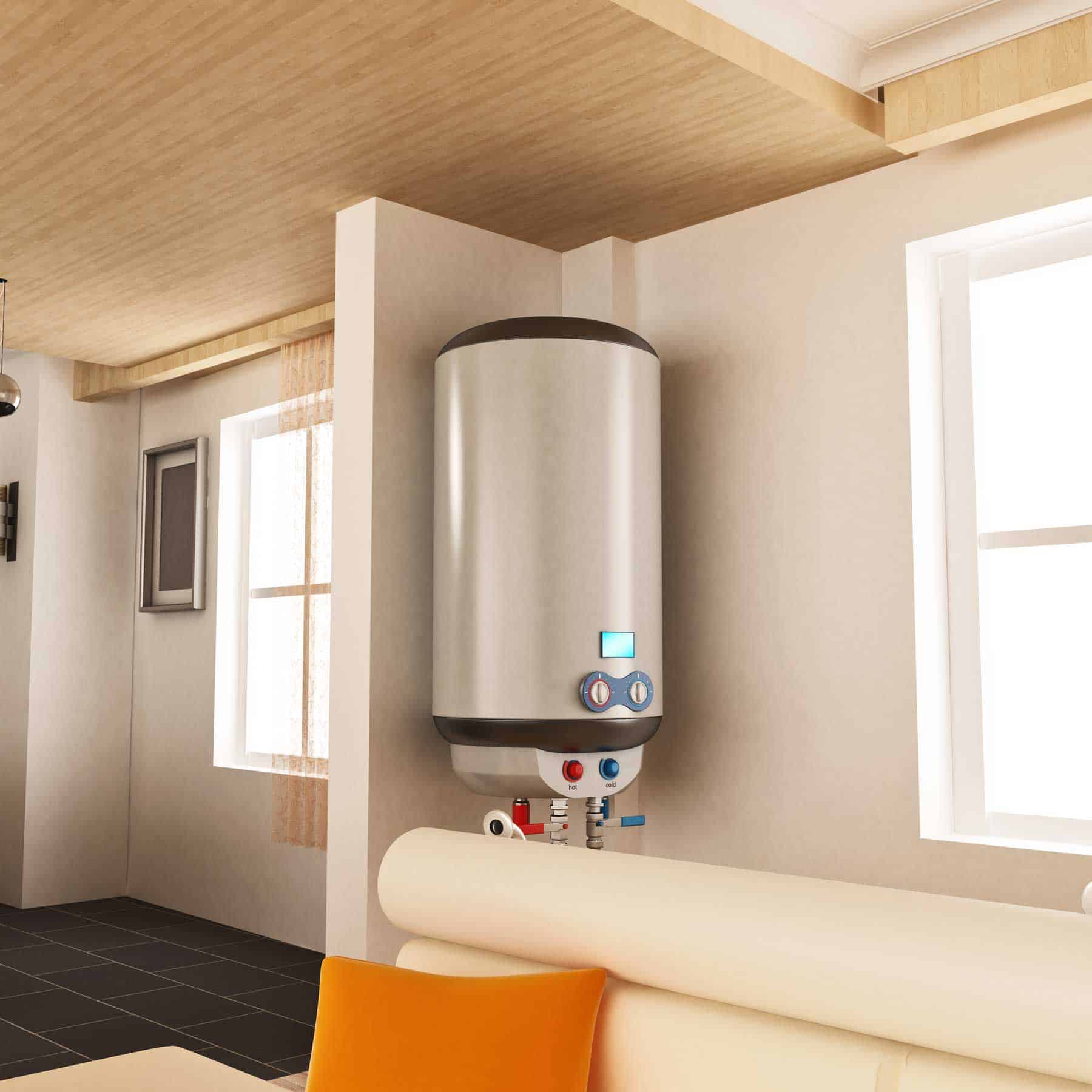Essential Maintenance Tips for Your Home's Hot Water System
Essential Maintenance Tips for Your Home's Hot Water System
Blog Article
They are making a number of good pointers on the subject of Tips on Maintaining a Water Heater as a whole in this article following next.

Hot water is crucial for daily convenience, whether it's for a revitalizing shower or washing meals. To guarantee your hot water system runs efficiently and lasts much longer, normal maintenance is essential. This post gives useful ideas and insights on how to preserve your home's warm water system to stay clear of disturbances and costly fixings.
Introduction
Maintaining your home's hot water system could appear daunting, but with a few basic actions, you can guarantee it operates smoothly for years to find. This overview covers every little thing from recognizing your warm water system to DIY upkeep pointers and recognizing when to call in specialist help.
Importance of Maintaining Your Hot Water System
Routine maintenance not just prolongs the life expectancy of your warm water system yet additionally guarantees it runs successfully. Disregarding upkeep can lead to decreased efficiency, higher power costs, and also early failing of the system.
Indicators Your Warm Water System Requirements Upkeep
Understanding when your warm water system needs interest can avoid major issues. Look out for signs such as inconsistent water temperature, weird sounds from the heating system, or corroded water.
Comprehending Your Warm Water System
Before diving into maintenance tasks, it's handy to recognize the standard parts of your warm water system. Usually, this includes the water heater itself, pipelines, anode poles, and temperature level controls.
Regular Monthly Maintenance Tasks
Regular monthly checks can aid capture minor issues prior to they rise.
Purging the Water Heater
Flushing your hot water heater gets rid of sediment buildup, improving performance and extending its life.
Checking and Replacing Anode Rods
Anode poles stop rust inside the tank. Evaluating and replacing them when worn out is critical.
Checking and Changing Temperature Setups
Changing the temperature setups guarantees optimal efficiency and security.
DIY Tips for Upkeep
You can carry out several upkeep tasks on your own to maintain your hot water system in leading condition.
Looking for Leakages
Routinely check pipes and links for leaks, as these can lead to water damages and higher costs.
Evaluating Pressure Alleviation Valves
Checking the pressure safety valve ensures it operates properly and protects against extreme pressure accumulation.
Insulating Pipelines
Insulating warm water pipelines decreases warmth loss and can save power.
When to Call a Professional
While do it yourself maintenance is helpful, some issues need expert proficiency.
Complicated Issues Needing Specialist Assistance
Instances include significant leakages, electrical troubles, or if your water heater is constantly underperforming.
Routine Expert Upkeep Benefits
Expert upkeep can include complete inspections, tune-ups, and guaranteeing compliance with safety and security standards.
Final thought
Normal maintenance of your home's hot water system is necessary for efficiency, durability, and expense financial savings. By following these suggestions and knowing when to look for specialist help, you can guarantee a reputable supply of hot water without unforeseen interruptions.
How to Maintain an Instant Hot Water Heater
Before tinkering with your hot water heater, make sure that it’s not powered on. You also have to turn off the main circuit breaker and shut off the main gas line to prevent accidents. Also turn off the water valves connected to your unit to prevent water from flowing into and out of the appliance. 2. When you’re done, you have to detach the purge valves’ caps. These look like the letter “T†and are situated on either side of the water valves. Doing so will release any pressure that has accumulated inside the valves while at the same time avoid hot water from shooting out and burning your skin. 3. When the purge valves’ caps are removed, you have to connect your hosing lines to the valves. Your unit should have come with three hoses but if it didn’t, you can purchase these things from any hardware or home repair shops. You can also get them from retail stores that sell water heating systems. Read the user’s manual and follow it to complete this task properly. When the hosing lines are connected, open the purge port’s valves. 4. You should never use harsh chemical cleaners or solutions when cleaning your unit. Make use of white vinegar instead. It should be undiluted and you’ll probably use about 2 gallons. 5. Now flush your water heater. This task should probably take about 40 minutes. We can’t give you specific directions for this because the procedure is carried out depending on the type, model and brand of your heater. With that being said, refer to the user’s manual. 6. When you’re done draining the unit, you have to turn off the purge port valves again. Remove the hosing lines that you earlier installed on each of the water valves. Put the valve caps (purge port) back in their respective places and be very careful so as not to damage the rubber discs that are found inside these caps. 7. Now that everything’s back in place, check your user’s manual again to find out how to reactivate your water heating system. 8. Once it is working, turn one of your hot water faucets on just to let air pass through the heater’s water supply pipes. Leave the tap on until water flows smoothly out of it. https://www.orrplumbing.com/blog/2014/september/how-to-maintain-an-instant-hot-water-heater/

Do you really like more info about Water Heater Maintenance Tips You Can't Afford to Forget? Try to leave a short review below. We would be pleased to listen to your reactions about this content. We are looking forward that you come back again before long. Sharing is good. You just don't know, you will be doing someone a favor. Thank-you for your time invested reading it.
Call Today Report this page